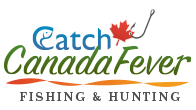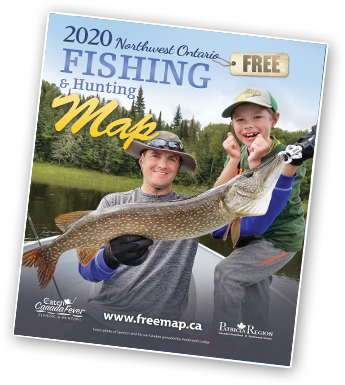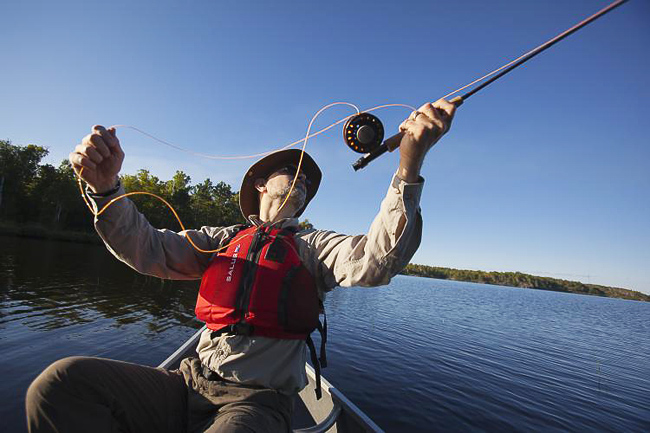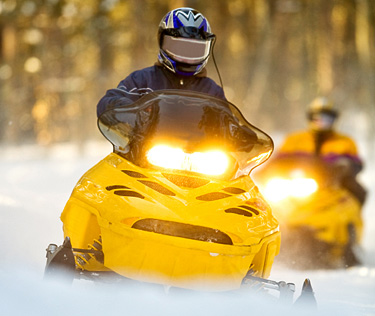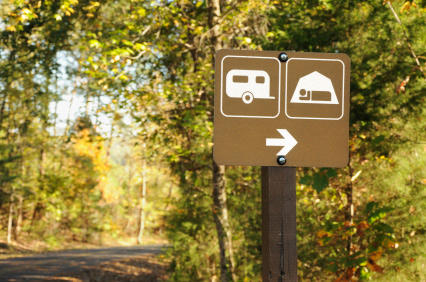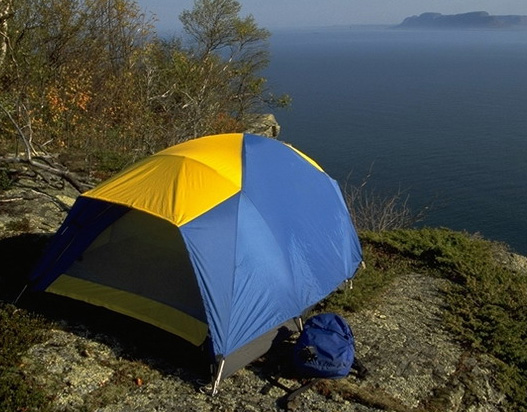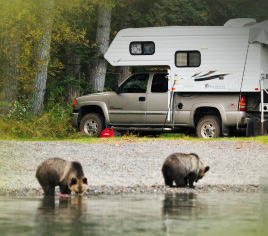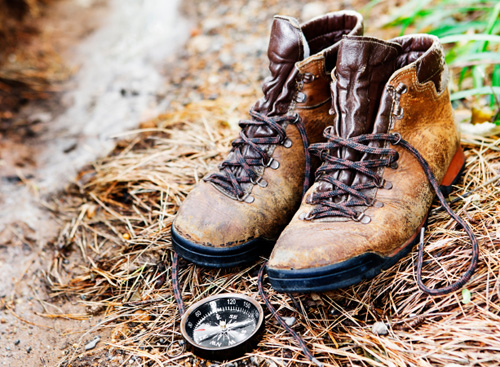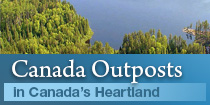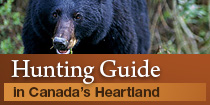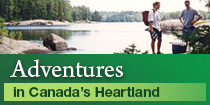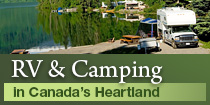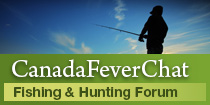Culture Of Northwestern Ontario
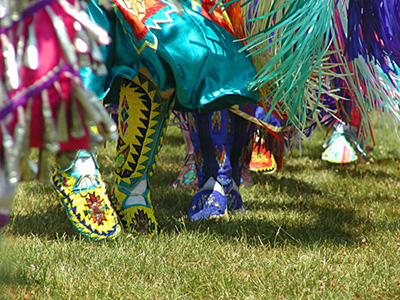 Canadian culture is rich and colorful. Rooted in our history with Aboriginals and the fur trade, many historical Canadian traditions have been carried on throughout the years and are still being enjoyed by Canadians today. Canada is a multicultural country, known for it’s freedom and cultural mosaic. However, some things never change. Pow wows, shore lunches, and ice fishing are classic Canadian activities that never grow old. What could be better than eating freshly caught Canadian walleye on the shore of a fresh water lake? Or spending the day on the ice, catching trophy fish for supper? Canada offers a unique cultural experience for everyone.
Canadian culture is rich and colorful. Rooted in our history with Aboriginals and the fur trade, many historical Canadian traditions have been carried on throughout the years and are still being enjoyed by Canadians today. Canada is a multicultural country, known for it’s freedom and cultural mosaic. However, some things never change. Pow wows, shore lunches, and ice fishing are classic Canadian activities that never grow old. What could be better than eating freshly caught Canadian walleye on the shore of a fresh water lake? Or spending the day on the ice, catching trophy fish for supper? Canada offers a unique cultural experience for everyone.
Canadian Pow Wows
Aboriginals inhabited Northwestern Ontario for many years before explorers arrived. They lived off the land, and many of their traditions are still a large part of Canadian culture. Traditional foods such as bannock are eaten by many Canadians everyday. Pow wows are a large part of Aboriginal and Canadian culture. They are gatherings for dancing and celebrating Aboriginal culture. These gatherings usually have singing, dancing, food and other vendors. Many people go to meet new friends, and reconnect with old ones. Pow wow singers are very important to Aboriginal culture, because without them there would be no music or dancing. The songs in modern pow wows do not often have the original words, however the words have been replaced with “vocables” which replace these words. The songs still retain their meaning, and they are reminders to Aboriginals of their history, culture and heritage. Elders are very respected at pow wows. Dancers are also very important to pow wows. The dancers wear colorful outfits, each outfit having a different meaning or symbol, and each dancer playing a different role in the pow wow. They are often decorated with beads, feathers and much more! Children are encouraged to participate by dancing and dressing up. Pow wows are organized events, generally organized by a committee, and certainly bring a community together for a weekend of fun and socializing.
The Fur Trade
The fur trade also played a major role in Canada’s history. The beaver is Canada’s national animal! Fur pelts became very valuable in Europe, especially the fur of beaver, but over hunting was causing the beaver population to die out. When explorers discovered beavers in Canada, they were thrilled! People began moving to Canada and hunting the beaver here, and so began the Canadian fur trade. The waterways were used to transport the furs. Traders would use handcrafted canoes and kayaks to travel the rivers, making stops at communities along the way. Two companies began competing, The North West Company and Hudson Bay Company. In 1812, the North West Company admitted defeat and decided to join Hudson Bay Company. More countries began joining the fur trade. Another problem was the rise in silk hats, which were the new fashion. Combined, many factors caused the fur trade industry to decline by 1840. By 1870, the fur trade was no longer considered a major industry. The fur trade helped build many communities across Canada. The transportation by water used by the traders is still very popular with Canadians, although it is now recreational. Many people will take ‘portages’ and go on a trip spanning several days with nothing but supplies, food and a kayak or canoe. Canoe and kayak trips are a great way to view the beautiful outdoors of Northwestern Ontario.
Shore Lunches
In more modern Canadian culture, shore lunches play a big role. A shore lunch is truly a Canadian experience. After a long successful day on the the lake, what could be better than frying up your fresh fish and enjoying a nice lunch right on the shore line? You can prepare a shore lunch with a couple different types of fish, although Walleye is the best because of it’s rich taste, while Pike and Bass may taste a little fishier. Shore lunches involve filleting the fish on the spot, so it is necessary to bring a good filleting knife, as well as a cutting board and gloves if you prefer. Once the fish is filleted, it is breaded/battered and cooked in a frying pan with some oil either over a fire or on a portable stove. Hash browns, potatoes, beans, buns, corn and other canned foods are typically served with the fresh fish. After that, all that’s left is finding a nice place to sit, and enjoy your tasty fresh fish and the great view. Canadian shore lunches are truly an experience worth having.
Ice Fishing
Ice fishing is another Canadian adventure worth trying. Many Canadians in Northwestern Ontario go ice fishing every winter. Why wait half a year for fresh fish when you can enjoy it all winter? Typically, many avid ice fisherman have their own ice shacks. An ice shack is a portable little shack that can be pulled onto the ice. It is left there all winter, until the ice begins to melt. Ice shacks are usually heated, often by wood stove. Holes are drilled into the ice around the shack, and lines are set up with bait. Fisherman are allowed two lines per person in the water at a time, although it is best to check current fishing regulations before setting up.
How will you experience Canadian culture? Maybe you will visit a Pow wow and enjoy the traditional gathering that Aboriginals have been participating in for many, many years. Maybe you will fry up some fresh fish on a shore, serve it with some beans and enjoy the view of a beautiful Canadian lake. Or maybe you’ll drill some holes in the ice, and fulfill your fish craving in the middle of winter. However you decide to experience Canadian culture, you are sure to have a memorable and rich experience.

